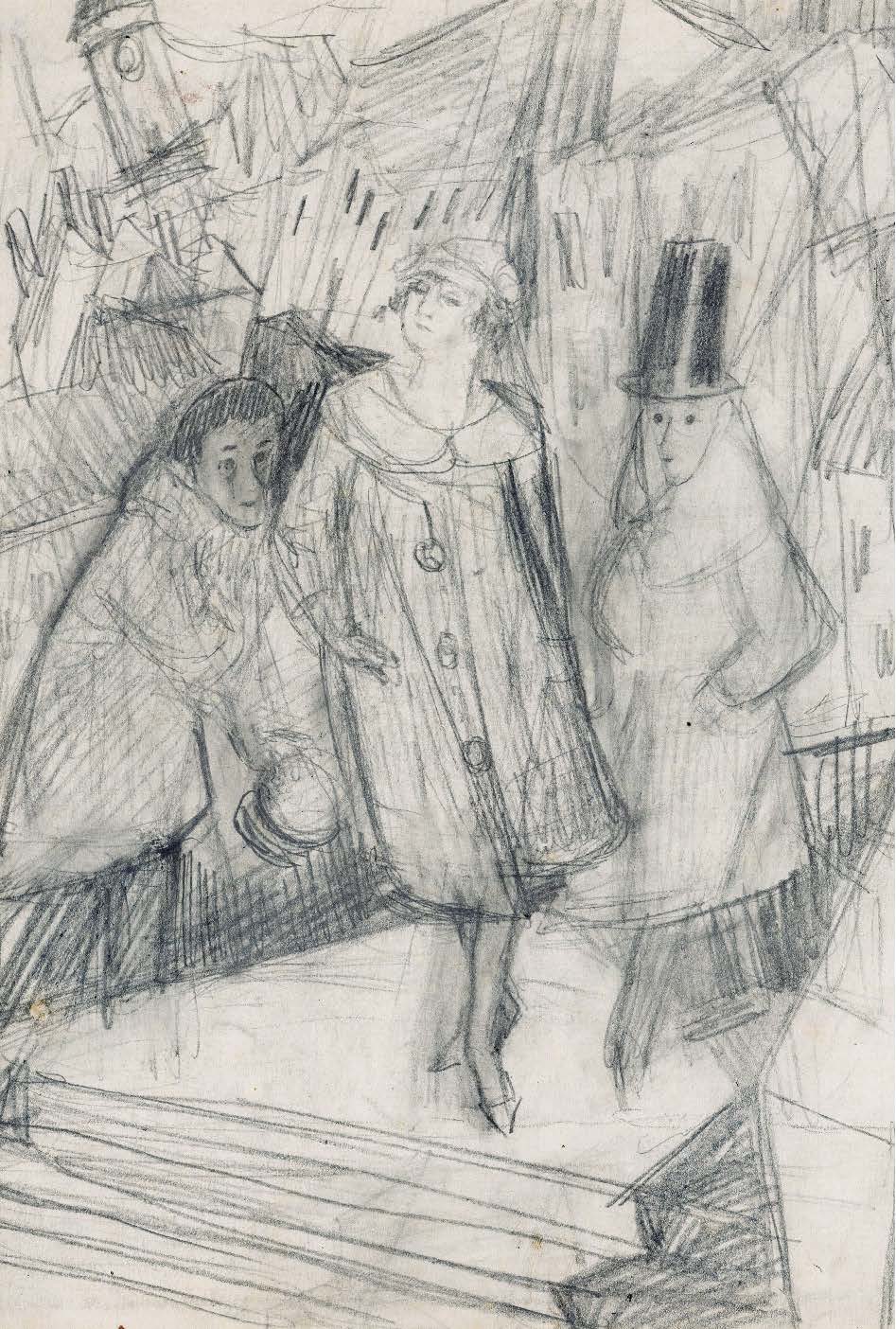Powierzchowność Schulza
The “Superficiality” of Schulz
Author(s): Helena HejmanSubject(s): Aesthetics, Comparative Study of Literature, Polish Literature, Theory of Literature
Published by: Fundacja Terytoria Książki
Keywords: Bruno Schulz;body studies;somatic criticism;polish literature;superficiality;
Summary/Abstract: It is high time to point out that superficiality as a feature of Bruno Schulz’s motifs is not something to be ignored. In Schulz’s short stories superficiality serves as an underestimated genre of perception that allows one to notice the multiple (erotic, psychic, social, theatrical) qualities spread or concentrated on the surface of creatures. Paul Valéry wrote in L’idée fixe, “What lies deepest of all in man is the skin.” In Schulz’s fiction this dictum proves to be true without a paradox. The present paper is an attempt to consider the characters of Schulz’s literary universe in terms of superficiality. There, corporeality and psyche – practically every essence – are covered with multiple layers: clothes, meanings, the density of libido, and mystery. But the temptation to go down to the core has to be resisted to concentrate on the perceived sensual surface, rather than hunt the ever eluding content, the intangible eidos. It seems that Schulz tried to evoke the potential of the emballage, which makes it possible to explore the overlooked but still meaningful covers. Covers, layers, and surfaces that people are accustomed to become so obvious and transparent that they can easily become equivocal. That is where we start to perceive them as emballage – the terra incognita inspiring the foretaste; the membrane to project individual impressions; a “superficial” medium which triggers the game between the visible and the invisible. The outer wraps, unlike the symbol, do not reach to the depth of phenomena; instead, the spectator’s attention is focused on the surface, leaving the shape, contours or the content of whatever lies behind to guesswork. The covered thing manifests its material presence and the mystery of its form and that is what seems to attract the narrator of Schulz's stories the most: the language of facial expressions, the traces of personality left on the skin, exteriors, and appearances. They tempt themselves, by giving a hunch of something extraordinary – all the more valuable because they cannot be translated, understood, exposed or verified. The author provides an overview of the “superficial” motifs in Schulz’s stories.
Journal: Schulz/Forum
- Issue Year: 2019
- Issue No: 13
- Page Range: 109-118
- Page Count: 10
- Language: Polish

